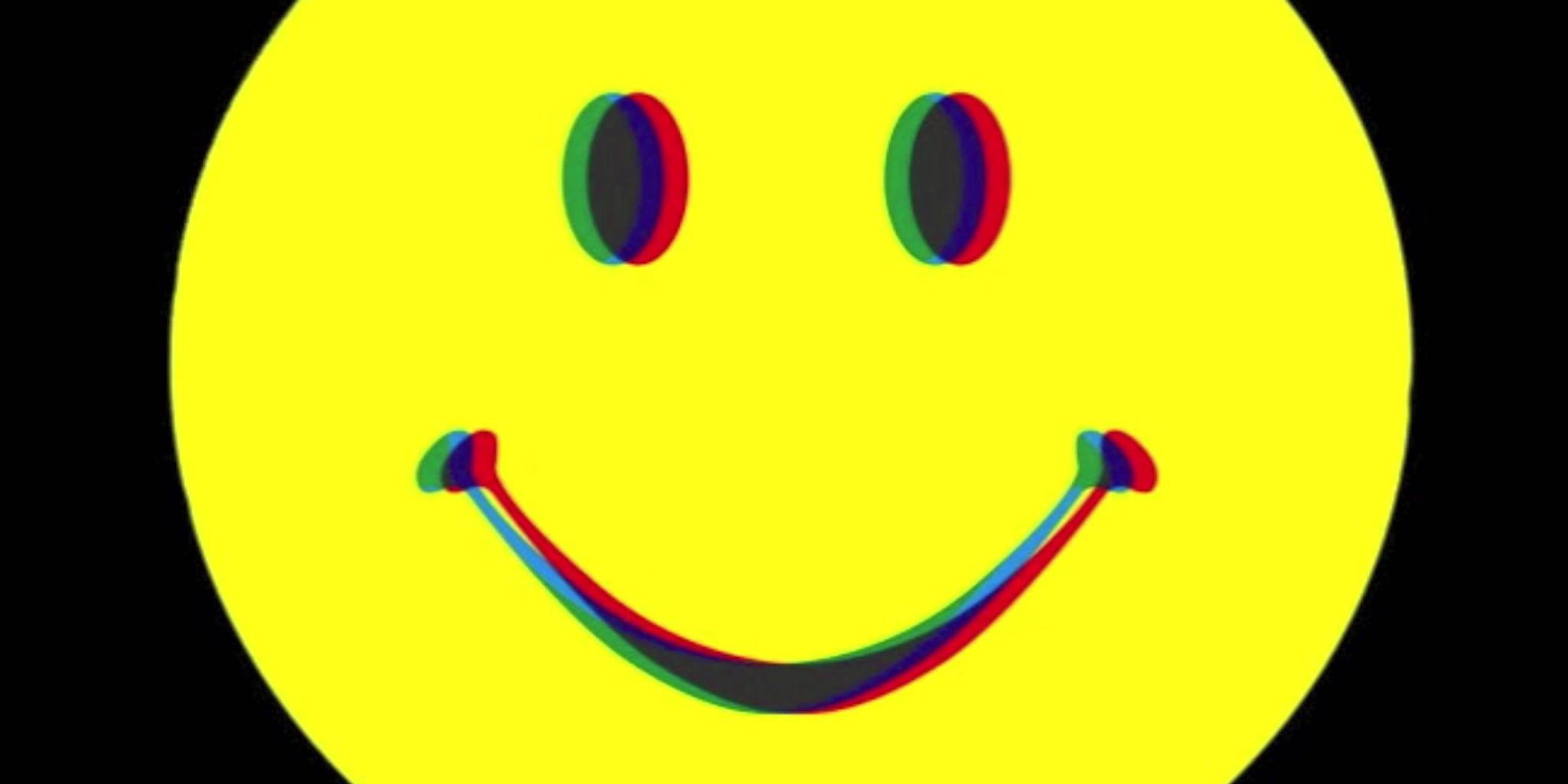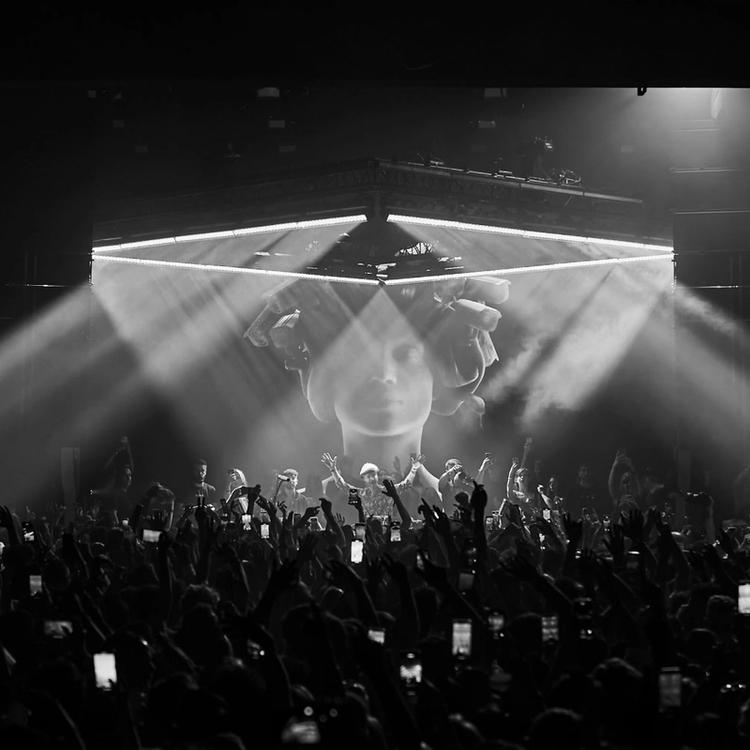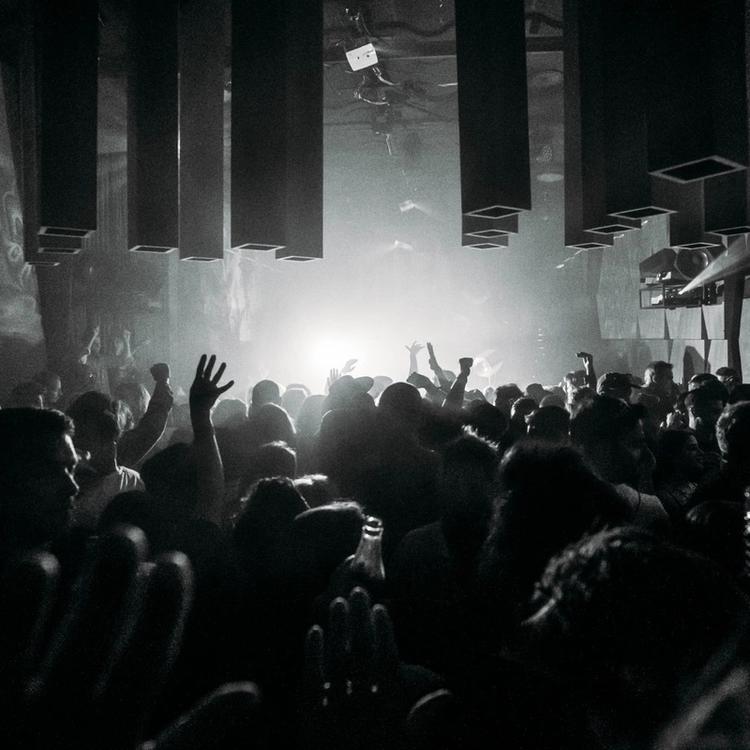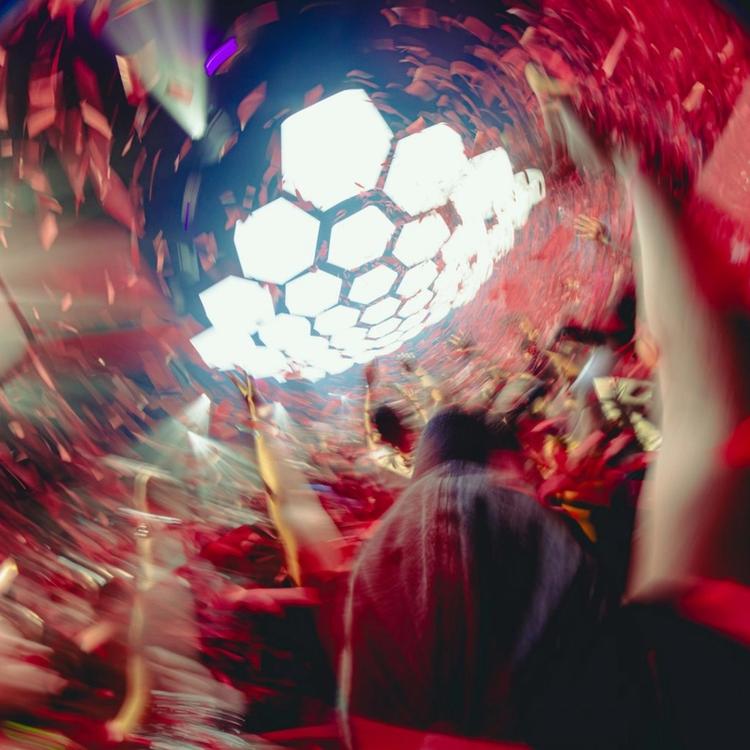Acid House: The Errant Knob Twist that Started a Culture Revolution
From thick sub-bass to cortex-tickling supersaws to metallic growls and every texture in between, dance music has birthed no shortage of novel sounds. Almost 40 years ago, though, the most alien timbre any producer could imagine came from an unexpected culprit: the Roland TB-303 Bass Line. At that, it was discovered by accident.
The device is responsible for the instantly recognizable squelch sound associated with acid house. What unfolded in the genre’s wake carried implications reaching far beyond worldwide music, let alone its creators’ local community. It converged with other factors to bring forth a full-fledged youth culture movement that influenced politics, commerce, technology, and the arts. Perhaps most importantly, it opened a generation’s minds to less conventional forms of music.
The manufacturers of the 303 most certainly didn’t expect it to have such an impact. In fact, they intended it to serve an entirely different purpose.

Roland Corporation engineer Tadao Kikumoto designed the transistorized bass synth (where the “TB” in TB-303 comes from). It was meant to emulate the sound of an electric bass guitar and be taken on tour by solo artists in lieu of a live human bassist. Roland released it alongside their TR-606 drum machine as a package deal in 1981 - less than a decade after Ikutaro Kakehashi founded the Japanese company, and when it was arguably still finding its identity.
The 303 proved decidedly unfit for the task at hand. Its unassuming hum and elastic resonance hardly resembled any sound conceivably produced by a bass guitar, leaving much to be desired by musicians accustomed to the organic warmth of live instrumentation. The learning curve necessary to program a sequence that could accompany the rest of a band didn’t win it any points for convenience, either.
Roland permanently discontinued the TB-303 Bass Line in 1984. Forbes reports that only 10,000 units were ever made, most of which were relegated to bargain bins in electronics stores. It was there that the commercially unsuccessful synthesizer would find new life, though.
In the mid-‘80s, U.S. dance floor culture still suffered from stigmas lingering from Disco Demolition Night. After the 1979 promotion-turned-riot at Comiskey Park in Chicago, major labels wanted nothing to do with the genre - which had initially gained popularity in Black, Latino and queer nightclubs. Without advances to cover the costs of singers, session musicians, studio engineers or any other ingredient of disco’s oft orchestral style, recording artists began to seek out more cost-effective alternatives.
In Chicago, young, Black musicians like Vince Lawrence, Jesse Saunders, Adonis, and Frankie Knuckles began to reimagine disco as house music - so named for the Warehouse, where Knuckles was the resident disc jockey. House tracks - not songs at first, but tracks - originally served to repurpose the classics for DJ sets. They consisted of samples from electronic, soul, funk, and disco records paired with drum machines and synthesizers.
Speaking with Beatportal, Saunders said that “On And On,” his 1984 collaboration with Lawrence that’s often cited as the first recorded house track, was produced with the Roland TR-808 drum machine, the Korg Poly-61 synthesizer, and as luck would have it, the 303. The device also featured in Italo disco like Alexander Robotnick’s 1983 international hit “Problèmes D'Amour,” and Adonis’ 1986 dance floor favorite “No Way Back.”
Enter Nathaniel Pierre Jones, known professionally as DJ Pierre. While working to develop a unique signature style of house music alongside collaborators Herbert J and the late Earl Smith Jr. aka DJ Spank-Spank, he learned about the 303 from a friend named Jasper J.
According to Jones, Smith found one at a secondhand shop for around $40. What happened when they brought the unassuming Roland TB-303 Bass Line home changed the course of history.
Lining the top of the 303 are knobs that manipulate the timbre of a note played by adjusting tuning, resonance, accent, envelope modulation, and other parameters. The right combination of qualities, with a knob or two turned farther than they’re meant to be turned, yields an otherworldly squelch that immediately captivated Jones and his colleagues.
“The acid squiggle was there to start with,” Jones is quoted as saying In Simon Reynolds’ 1998 book on rave history, Energy Flash. “The machine already had that crazy acid sound in it that you were supposed to erase and put your own in, because it was just some MIDI gerbil. But we liked it.”
“We had it synched up, and it was playing some stuff, and I started just tweaking knobs and turning stuff, and Spanky was like, ‘Whoa whoa whoa. Keep doing that, keep doing that,” Jones told Red Bull Music Academy in 2012. “So, I kept twisting knobs, and the next thing you know, we were there for like an hour or two, just twisting knobs and programming things.”
Jones and company - under the moniker Phuture - laid down the bulk of “Acid Tracks” that very day in 1985. The early demo became a staple in DJ sets by the late Ron Hardy, its sonorous lead causing those dancing at Chicago club Muzic Box to dissociate. Two years later, the song appeared on an EP of its namesake released on seminal house label Trax Records.
In England, the chief importer of Chicago house during the ‘80s, the acid sound provided a key component of something much bigger. Disenfranchised by the effects of policies implemented by then Prime Minister Margaret Thatcher, impoverished youths found an outlet in illegal warehouse raves and free parties. Intensified by ecstasy, the physical experience of acid house when played on powerful sound systems whipped revelers into a frenzy that triggered a consciousness shift felt throughout the nation.
Britain’s “second summer of love” from 1988-89 drew the ire of lawmakers who perceived it as a threat to the moral fiber of society. One of the other notable effects of ecstasy was an acute sense of togetherness and unity, however - one strong enough to inspire ravers to band together against the powers that be.
In the early years promoters pooled resources and devised tactics to elude the authorities, leading attendees to raves with systems of map points and planning backup locations in the event of a bust. In time, though, they grew active in policy itself. After the Criminal Justice and Public Order Act passed 1994, ravers organized demonstrations - some ranging from 20,000-50,000 participants - to protest the rights they lost on account of the legislation.
Dance music producers in the United Kingdom returned the favor by innovating further. The British at first emulated Phuture’s style of acid house with tracks like “Humanoid” by Stakker and A Guy Called Gerald’s “Voodoo Ray,” but they went on to tease out countless permutations of the same sonic philosophy.
In their 1999 book Dance Music, Culture and the Politics of Sound, Jeremy Gilbert and Ewan Pearson argue that acid house inspired an “exploration of texture” that superseded western music’s emphasis on melody. Extensions of this aesthetic influenced techno, which laid the groundwork for hardcore, which birthed jungle, which begat drum and bass - ad infinitum and often to the confusion of more passive music fans.
To this day, though, the acid squelch of the Roland TB-303 Bass Line remains a fetishized sound in electronic music. Richie Hawtin recently dusted off his own 303 to deliver a gritty, fast-paced techno track titled “Acid King.” Hawtin, who made a name for himself in the early ‘90s with an acid-infused take on Detroit techno, said that the single resulted from a search for “the soft, warm distortions that were inherent” in the music he put out back then.
The most compelling aspect of acid house’s legacy may well be how it reminds creatives of all disciplines to embrace happy accidents. DJ Pierre himself often eschews credit for discovering and implementing the sound, calling it a “gift from god” he was fortunate enough to receive. Not only that, but the vessel in which it arrived was a product pulled after only three years on the market.
If any singular message is encoded into the mind-bending frequencies of acid house, perhaps it is that one should open their eyes, ears, heart, and mind to possibilities. For all anyone knows, it could mean the start of a revolution.
















